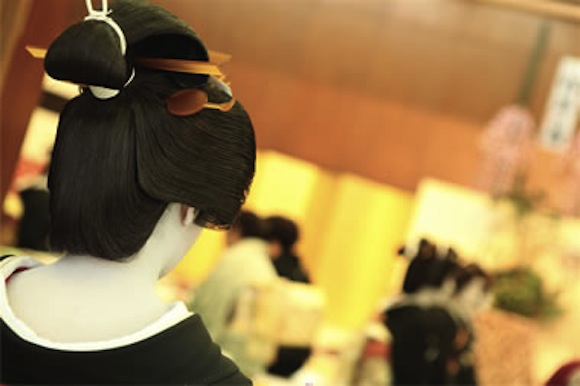
Last month, we ran a story about the Ozashiki Cafe, a one day event that would offer a unique opportunity for the Japanese public to take a look into the usually exclusive world of geisha and the traditional Japanese restaurants known as ryotei, where they perform. Much to our delight, we received comments from readers encouraging us to sign up and attend the event, so that’s exactly what we decided to do! And we were quite excited to do so too, since the average person in Japan usually doesn’t have the chance to interact with professional geisha. So, here’s our report on what we experienced at the Ozashiki Cafe, which took place at the ryotei Miyakodori in the Asakusa district of Tokyo — and we have to say, it was quite a treat to be entertained by professional geisha, even it was for just one fleeting hour!
The Ozashiki Cafe, which took place last Saturday, was an event where guests had the privilege of spending an hour in the company of geisha, seeing them sing and dance or engaging in traditional games known as ozashiki asobi (literally, room play). The one hour session cost 5,000 yen, but considering that a regular evening at a ryotei with geisha is prohibitively expensive, you could say the Ozashiki Cafe was an excellent opportunity to see geisha in action without parting with a fortune. There were two sessions held that day, one at 2pm and the other at 4pm, and we made our way to the ryotei for the 2pm session.
▼After arriving at Asakusa Station, the 10 minute walk to the restaurant took us past the famous Sensoji temple marked by the well-known Kaminarimon (Thunder Gate) with the huge paper lantern.
▼Here’s the gate viewed from the other side.
▼We walked through the Nakamise shopping street filled with tourists…
▼…and through the temple grounds …
▼… past the main temple building.
▼Once you walk through the Sensoji grounds, the restaurant Miyakodori isn’t very far away. It’s tucked away quite unobtrusively in a residential area.
▼The building does have a sign with the restaurant’s name, but as one foreign guest who also attended the Ozashiki Cafe commented, it doesn’t look much like a restaurant, and would be hard to spot unless you were looking for it. But then again, ryotei are meant to be discreet, exclusive establishments for select clientele.
The ryotei Miyakodori has a history going back to 1948, when it started as a tea house. The name Miyakodori, incidentally, means “bird of the capital city” in Japanese.
▼A poster advertising the Ozashiki Cafe even was posted on the outside door.
▼This is what the corridor inside the restaurant looked like.
▼We went up a narrow stairway to the second floor.
▼And this is what the room where the Ozashiki Cafe was held looked like.
▼Once we were shown to our seats, there was a program of the event and a small bag of Asakusa-made treats waiting for us.
▼The program gave a little background on the restaurant and introduced the three geisha that would be performing that day as well as the dances they would be showing us.
▼The treats were small, hard rice crackers called kaminari-okoshi, which the Asakusa area is famous for, kindly provided by the local shop Tokiwado especially for the Ozashiki Cafe event.
▼We were also served green tea and a delicate Japanese sweet available only during this season called the kuzuzakura, an opaque rice cake made from kuuzuko (the starch powder made from the kudzu plant root) filled with red bean paste.
▼That translucent kuzu rice cake is just beautiful!
▼And here’s what the cake looks like when cut in half.
To start the event, Eiro, the son of Miyakodori’s okami (hostess), welcomed everyone and explained that the Ozashiki Cafe was an idea he came up with hoping to offer an opportunity for the public to learn more about the world of geisha, known as karyukai in Japanese. According to the program they gave us, the karyukai in Asakusa has a long history going back to the Edo period (1603 -1868), and at one time there were as many as 1,000 geisha based in Asakusa. Now, there are about 30 geisha in the area who mainly entertain at ryotei, or make special appearances at events or on various media.
A greeting from Chikage, the hostess of Miyakodori, also followed. Chikage spent 27 years as a geisha herself before becoming hostess of Miyakodori, and she said that while the cafe event was certainly a departure from tradition, she credited her young son for coming up with an innovative idea that she would never have thought of herself.
And once the introductions and greetings were over, it was time for the geisha to appear — the moment we were waiting for!
▼First, the lovely Chihana performed the dance ”Tsukubane”, which describes the view of Mt. Tsukuba seen from the Ryogoku area in Tokyo and also portrays a geisha from the Yanagibashi area who was popular from the end of the Edo Period to the beginning of the Meiji Era.
▼Her orange kinmono was gorgeous and shown off to perfection by the dance movements.
▼The dance ended with a deep bow.
▼Next, we saw the exquisite Chizuru perform a dance to two songs, the “Asakusa Meibutsu” which is a tribute to the many attractions of Asakusa as well as the spirit of the Asakusa geisha, and “Sawagi”, which expresses the joy of meeting the special people the geisha is performing for, and also the sorrow of parting. All the dances were accompanied by the shamisen played by the beautiful Shisa, seen on the right here.
▼You can see that in these dances, there is much skillful use of the fan.
▼Here’s a short video of Chizuru’s dance:
▼After the dances, we were served a cup of cold, refreshing matcha green tea. The tea was served in beautiful cups from Eiro’s personal collection.
At this point, we also had time to chat with the geisha as they went around the tables, making friendly conversation and answering any questions. We were fascinated to see the lovely geisha up-close, and they told us about how the kimonos they wore were usually chosen based on the season (Chihana’s orange kimono decorated with hydrangeas for June, for example) and that they also wore hair accessories to match the color and pattern of the kimono. We were also fascinated to hear that even geisha are not able to wear the long, elaborate types of kimono by themselves and have to have someone dress them, but they do their make-up and hair themselves.
▼We then played a traditional geisha game called “tora tora”. It’s basically a game of rock-paper-scissors played with gestures. The two players are hidden from each other with a panel, and they dance for a while to the song of “tora tora” (Tiger Tiger).
▼Here, they’re still dancing along to the song.
▼At the end of the song, the two players have to come forward assuming one of three gestures: the hunter, the tiger or the old lady. The hunter wins over the tiger, the tiger wins over the old lady, and the old lady wins over the hunter. And whoever looses has to … you guessed it, down a small cup of sake. Now, whether that can be considered a penalty or a reward, we guess depends on the player!
▼Here’s just a very short video showing what happens at the end of Tora Tora.
We played one last game called “kiku no hana” (Chrysanthemum flower), where all the guests each chose one sake cup from a tray of overturned cups, and whoever chooses the cup with a flower attached inside gets to win a prize. This game was just a quick bit of fun to end the session, but the winner did receive a beautiful candy piece made in the shape of Miyakodori’s bird logo. And then, all too soon, the Ozashiki Cafe session was over.
▼Yes, we were sad to have to say good-bye to the lovely ladies who performed for us.
The hour went by very quickly, but we certainly felt fully contented and entertained by the time the session was over. It was simply wonderful to see the geishas’ skillful dancing and singing, which was a first-time experience for us. Their kimono and make-up was, as you would expect, absolutely gorgeous, and they were so graceful and poised, we couldn’t help being a bit self-conscious, trying to be extra well-mannered ourselves.
And the tora tora game was great fun (and one that you might even enjoy losing if you like sake); we would have loved to seen more games, as the different ozashiki asobi they have must be fascinating. We were also delighted to meet several guests who said they had decided to come after reading our earlier article introducing the Ozashiki Cafe!
Eiro said that he hoped to be able to plan more of these Ozashiki Cafe events, perhaps even regularly every several months, with parts of the program changing. If that happens, well, we’ll certainly be more than happy to come back. A huge thank you to Miyakodori for a thoroughly enjoyable hour and for opening the doors to a world that’s not always easily accessible to us.
▼A last look at our beautiful performers, Chizuru, Chihana and Shisa. Thank you for an absolutely brilliant time!
Top Image: Miyakodori website
All other photos: RocketNews24

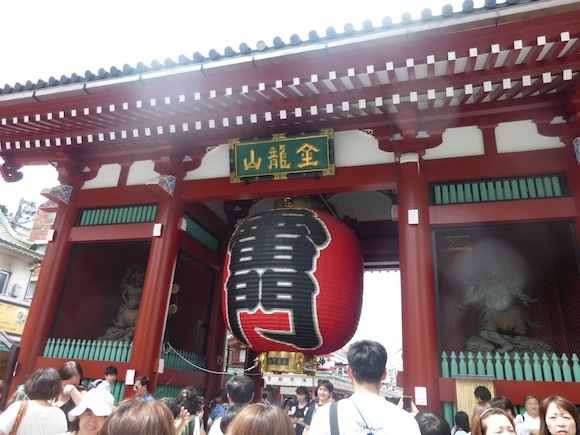
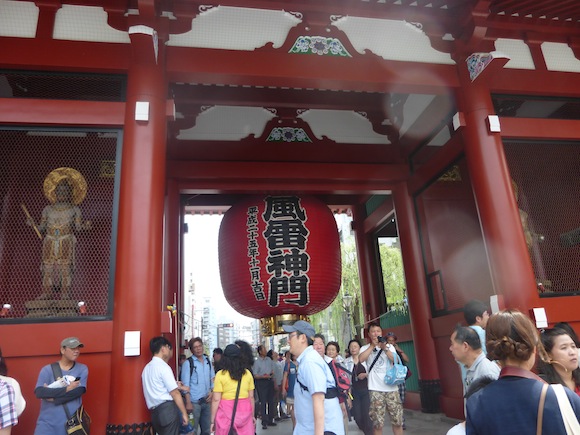
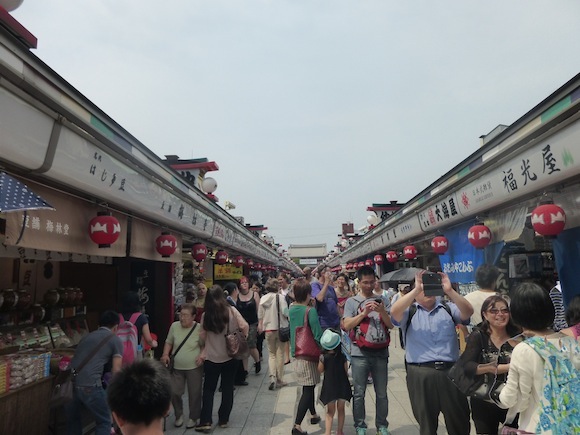
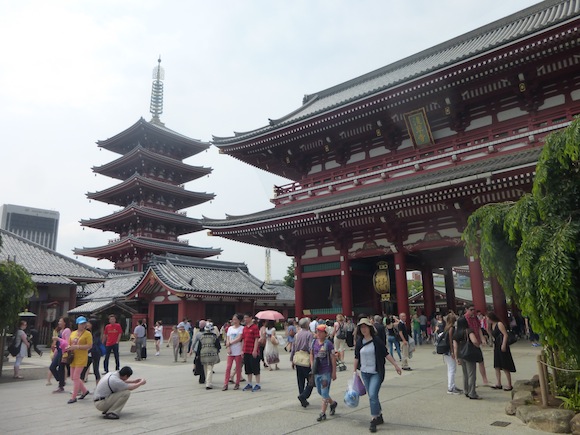
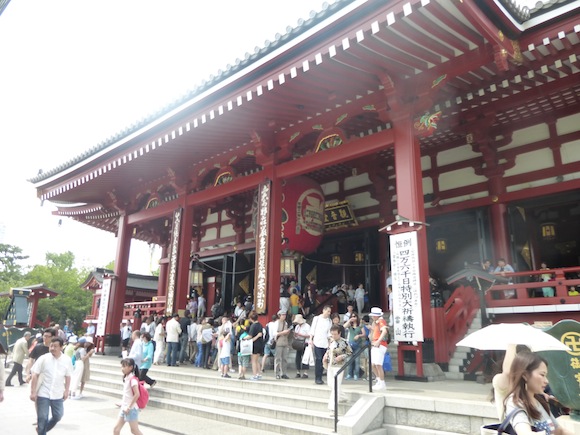
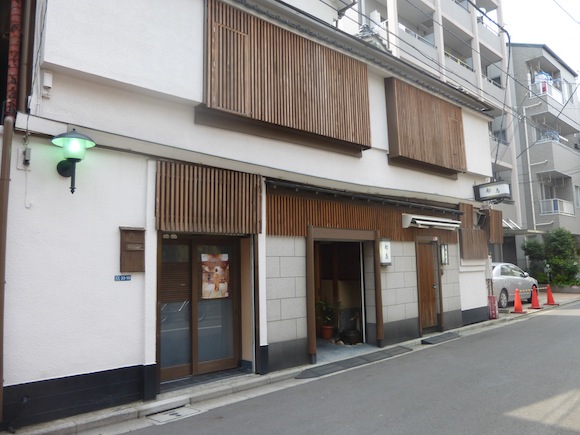
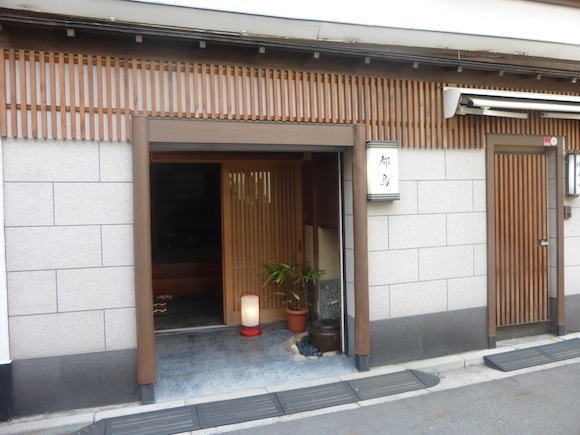
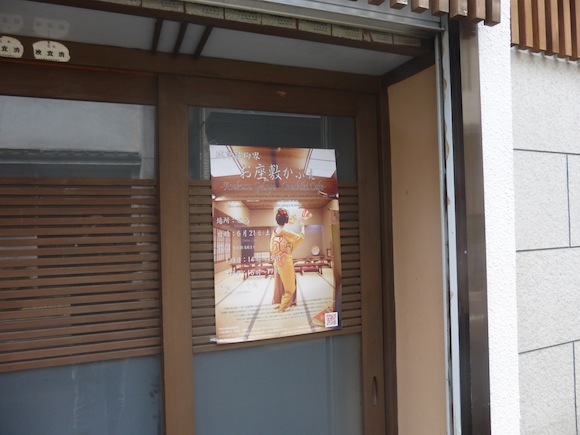
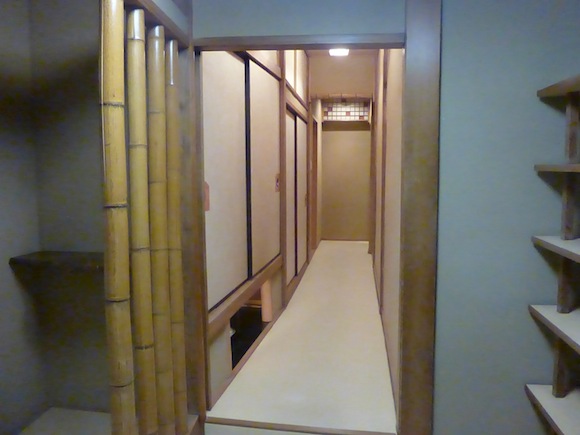
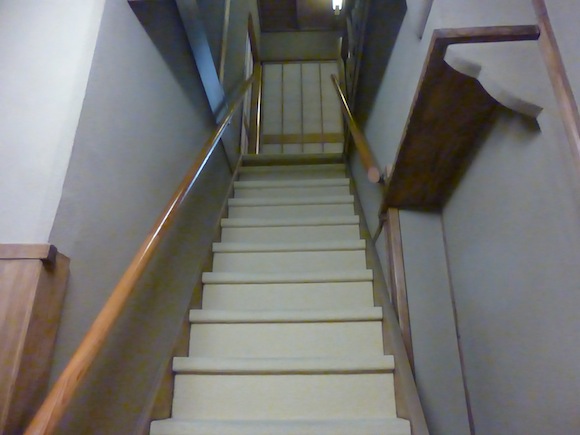
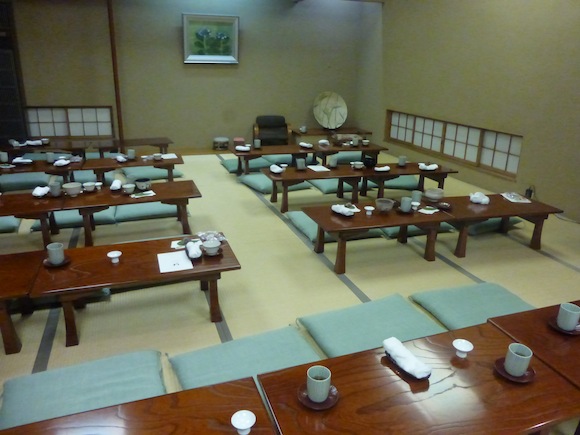
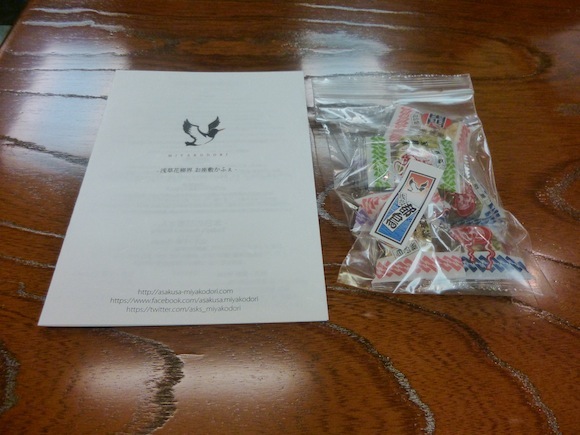
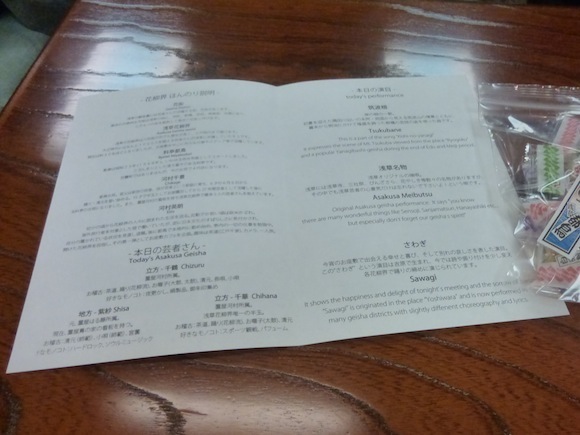

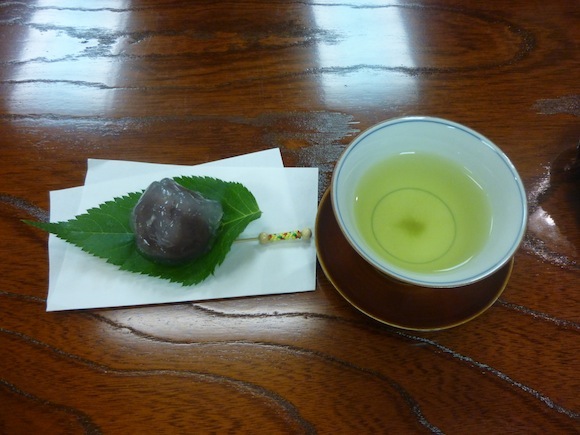
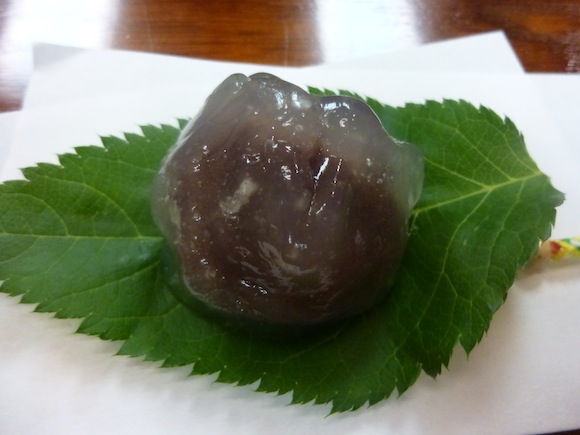
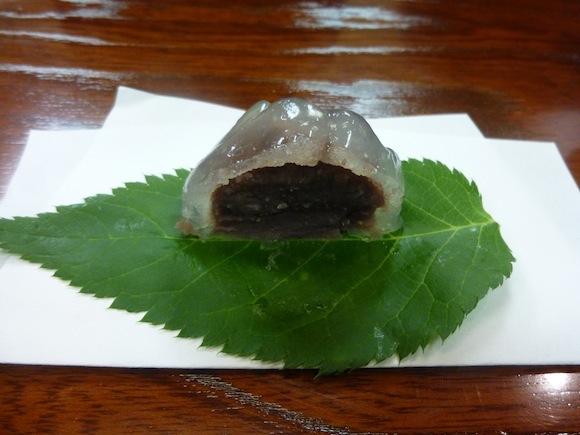
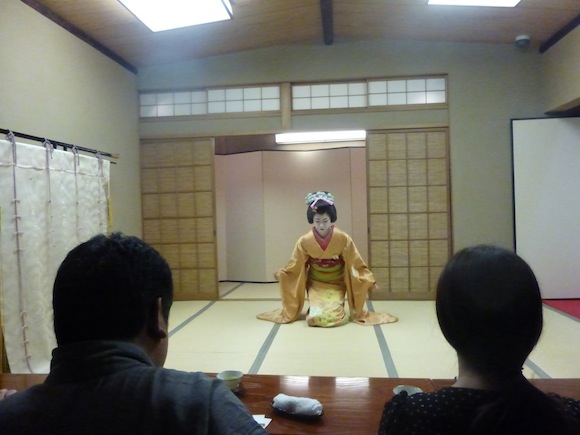
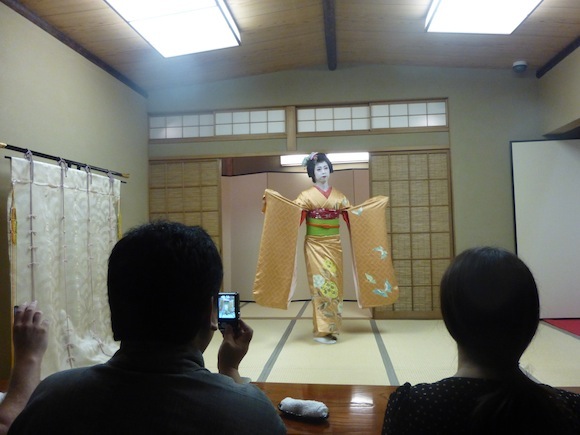
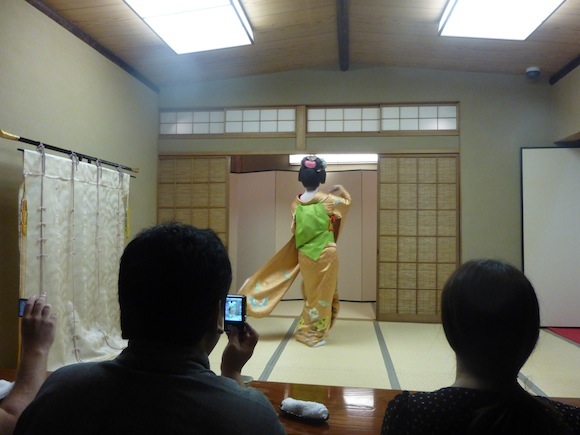

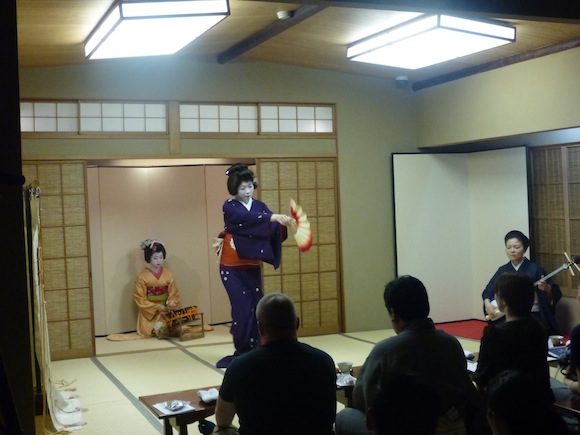
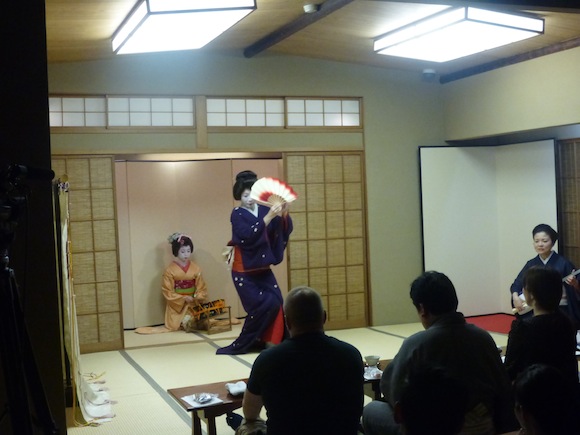

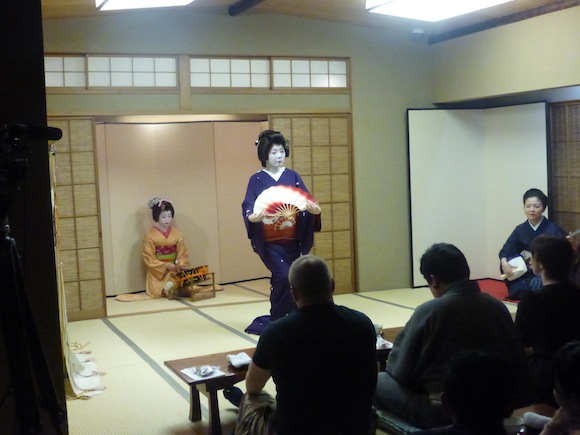
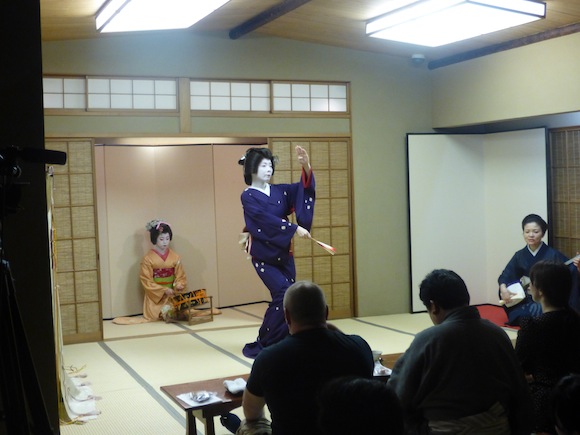
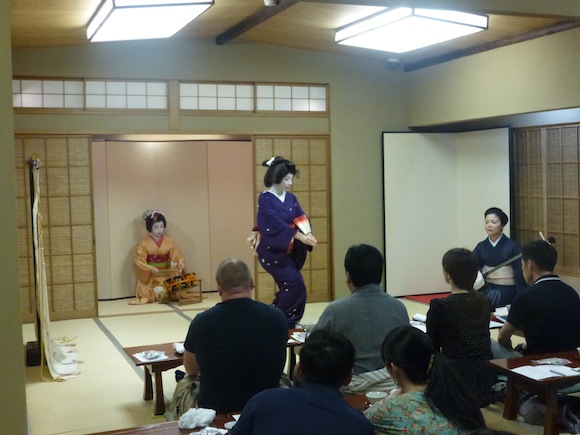
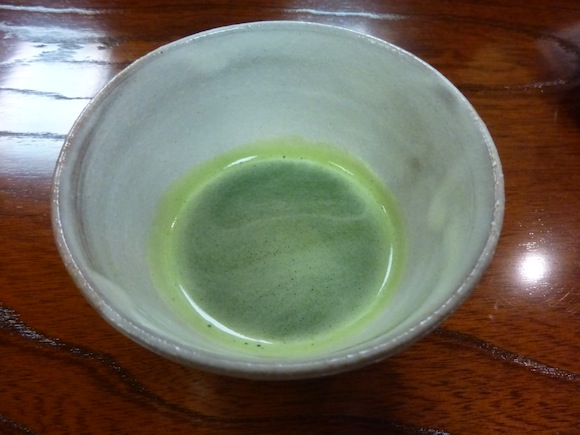
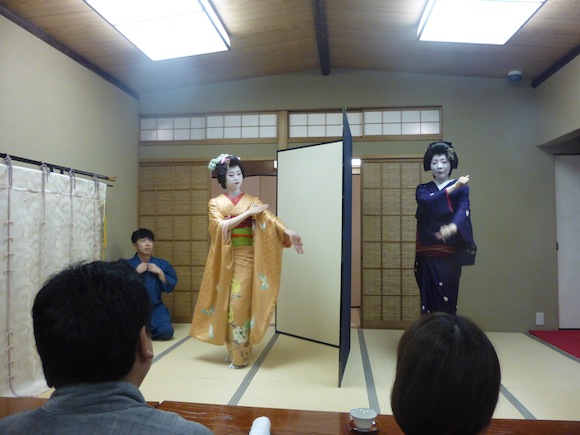
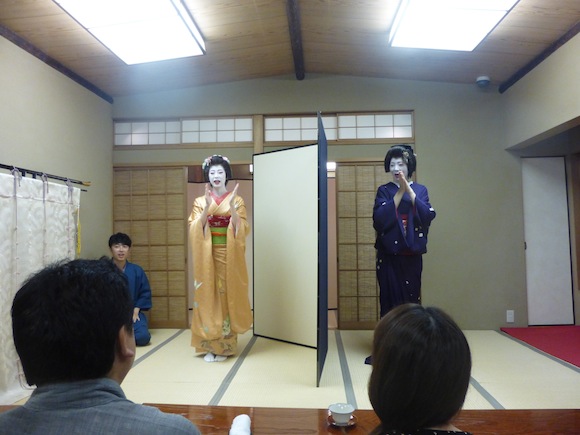
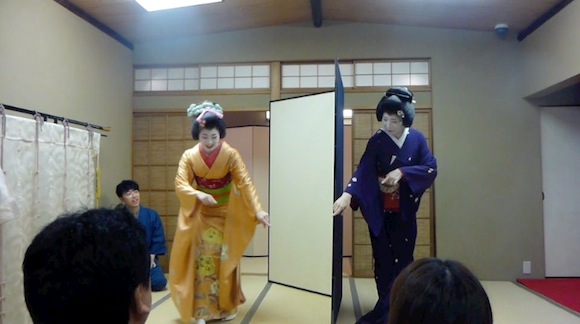
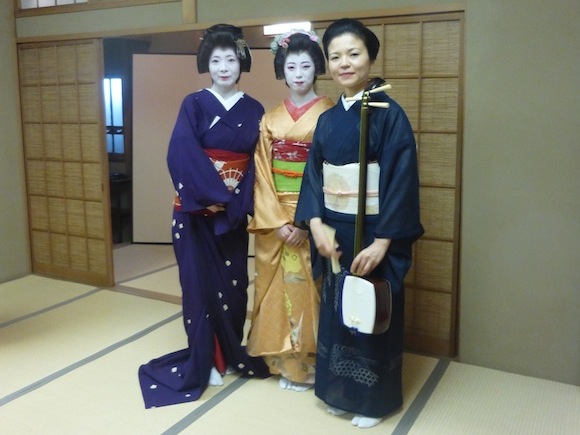
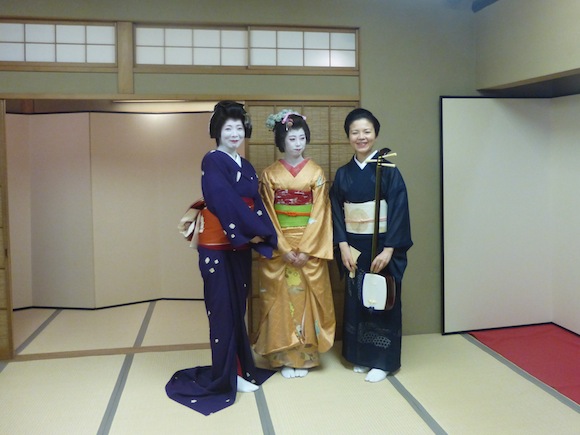
 The Ozashiki Cafe — Japanese restaurant offers chance to spend time with real-life geisha!
The Ozashiki Cafe — Japanese restaurant offers chance to spend time with real-life geisha! Hayao Miyazaki says Happy New Year to Studio Ghibli fans with new art for Year of the Horse
Hayao Miyazaki says Happy New Year to Studio Ghibli fans with new art for Year of the Horse Japan’s first hotel with a human washing machine is now ready for you to come and bathe in it
Japan’s first hotel with a human washing machine is now ready for you to come and bathe in it We found possibly the quietest Japanese-style hotel in Tokyo’s bustling Shinjuku district
We found possibly the quietest Japanese-style hotel in Tokyo’s bustling Shinjuku district Taste the world this summer with Pretz versions of international food favorites
Taste the world this summer with Pretz versions of international food favorites Professional manga artist creates stunning pop-up style artwork with just pencil & paper
Professional manga artist creates stunning pop-up style artwork with just pencil & paper Harajuku’s new permanent Tamagotchi shop is filled with cuteness and a surprising lack of poop
Harajuku’s new permanent Tamagotchi shop is filled with cuteness and a surprising lack of poop Evangelion sleeping bag Entry Plug is the best place to spend the winter【Photos】
Evangelion sleeping bag Entry Plug is the best place to spend the winter【Photos】 Digital resurrection after death? 63 percent of Japanese and American survey participants say nah
Digital resurrection after death? 63 percent of Japanese and American survey participants say nah Mop dogs are here to clean your floors with their furry bodies
Mop dogs are here to clean your floors with their furry bodies Japan’s knife-crafting master is back with razor-sharp blades made from…pasta?!?【Video】
Japan’s knife-crafting master is back with razor-sharp blades made from…pasta?!?【Video】 Starbucks Japan ready to get Year of the Horse started with adorable drinkware and plushies【Pics】
Starbucks Japan ready to get Year of the Horse started with adorable drinkware and plushies【Pics】 7-Eleven Japan’s ramen-cooking robot whipped us up a bowl of noodles【Taste test】
7-Eleven Japan’s ramen-cooking robot whipped us up a bowl of noodles【Taste test】 Cyberpunk anime meets traditional culture in Ghost in the Shell gold leaf Japanese changing screens
Cyberpunk anime meets traditional culture in Ghost in the Shell gold leaf Japanese changing screens 7 great places to see Mt. Fuji from without having to climb it
7 great places to see Mt. Fuji from without having to climb it Hello Kitty Choco Egg figures are an adorable trip through three periods of Japanese pop culture【Pics】
Hello Kitty Choco Egg figures are an adorable trip through three periods of Japanese pop culture【Pics】 Japan’s otoshidama tradition of giving kids money at New Year’s gets a social welfare upgrade
Japan’s otoshidama tradition of giving kids money at New Year’s gets a social welfare upgrade Lacquerware supplier to emperor of Japan and Pokémon team up for new tableware
Lacquerware supplier to emperor of Japan and Pokémon team up for new tableware Sumo Sanrio! Hello Kitty and pals team up with Japan Sumo Association for new merch【Pics】
Sumo Sanrio! Hello Kitty and pals team up with Japan Sumo Association for new merch【Pics】 Can a dirty butthole make you filthy rich in Japan? We’re starting a New Year’s lottery experiment
Can a dirty butthole make you filthy rich in Japan? We’re starting a New Year’s lottery experiment 7-Eleven Japan starts new temporary luggage storage service in over 300 branches
7-Eleven Japan starts new temporary luggage storage service in over 300 branches Disillusionment at Tsukiji’s tourist-target prices led us to a great ramen restaurant in Tokyo
Disillusionment at Tsukiji’s tourist-target prices led us to a great ramen restaurant in Tokyo Starbucks teams up with 166-year-old Kyoto doll maker for Year of the Horse decorations【Photos】
Starbucks teams up with 166-year-old Kyoto doll maker for Year of the Horse decorations【Photos】 Tokyo considering law requiring more trash cans following litter increase in heavily touristed area
Tokyo considering law requiring more trash cans following litter increase in heavily touristed area Tokyo’s Tsukiji sushi neighborhood asks tour groups to stay away for the rest of the month
Tokyo’s Tsukiji sushi neighborhood asks tour groups to stay away for the rest of the month Nintendo’s Kirby now delivering orders at Kura Sushi restaurants, but not in Japan
Nintendo’s Kirby now delivering orders at Kura Sushi restaurants, but not in Japan Tokyo event lets you travel back in time, for free, to celebrate 100 years since Showa era start
Tokyo event lets you travel back in time, for free, to celebrate 100 years since Showa era start Sanrio theme park in Japan announces plans to expand into a Sanrio resort
Sanrio theme park in Japan announces plans to expand into a Sanrio resort Japan may add Japanese language proficiency, lifestyle classes to permanent foreign resident requirements
Japan may add Japanese language proficiency, lifestyle classes to permanent foreign resident requirements Survey asks foreign tourists what bothered them in Japan, more than half gave same answer
Survey asks foreign tourists what bothered them in Japan, more than half gave same answer Japan’s human washing machines will go on sale to general public, demos to be held in Tokyo
Japan’s human washing machines will go on sale to general public, demos to be held in Tokyo Japan’s deadliest food claims more victims, but why do people keep eating it for New Year’s?
Japan’s deadliest food claims more victims, but why do people keep eating it for New Year’s? We deeply regret going into this tunnel on our walk in the mountains of Japan
We deeply regret going into this tunnel on our walk in the mountains of Japan Studio Ghibli releases Kodama forest spirits from Princess Mononoke to light up your home
Studio Ghibli releases Kodama forest spirits from Princess Mononoke to light up your home Major Japanese hotel chain says reservations via overseas booking sites may not be valid
Major Japanese hotel chain says reservations via overseas booking sites may not be valid Put sesame oil in your coffee? Japanese maker says it’s the best way to start your day【Taste test】
Put sesame oil in your coffee? Japanese maker says it’s the best way to start your day【Taste test】 No more using real katana for tourism activities, Japan’s National Police Agency says
No more using real katana for tourism activities, Japan’s National Police Agency says Starbucks Japan reveals new sakura drinkware collection, inspired by evening cherry blossoms
Starbucks Japan reveals new sakura drinkware collection, inspired by evening cherry blossoms Updated cherry blossom forecast shows extra-long sakura season for Japan this year
Updated cherry blossom forecast shows extra-long sakura season for Japan this year
Leave a Reply